When it comes to the Internet of Things, we naturally think of 5G communication technology. However, we have a few years to go from 5G commercial use in 2020. In this article, we will first look at the 4G communication technology that has been commercialized. Through the introduction of the principles and features of LTE's TDD and FDD modes, everyone has a preliminary understanding of 4G communication technology.
The 4G name is the fourth-generation mobile phone mobile communication standard. The LTE system defines both frequency division duplex (FDD) and time division duplex (TDD). However, due to differences in wireless technologies, different frequency bands, and LTE-FDD support camp is more powerful, and the standardization and industrial development are ahead of LTE-TDD. In China, China Mobile uses TD-LTE, and China Unicom and China Telecom use a hybrid network of TD-LTE and FDD-LTE.
In November 2007, the 3GPP RAN1 conference approved the LTE-TDD fused frame structure of 27 companies, and unified the two frame structures of LTE-TDD. The LTE-TDD frame structure after convergence is based on the frame structure of TD-SCDMA, which lays a foundation for the successful evolution of TD-SCDMA to LTE and even 4G standards. The integration of TDD frame structure has enabled more vendors to participate in the standardization process of TDD. LTE-TDD technology has received extensive attention and its industrialization process has also developed significantly.

Frequency Division Duplex (FDD) and Time Division Duplex (TDD) are two different duplex modes. The FDD is received and transmitted on two separate symmetric frequency channels, and the guard band is used to separate the receive and transmit channels. FDD must use pairs of frequencies, relying on frequency to distinguish between uplink and downlink, and its unidirectional resources are continuous in time. When FDD supports symmetric services, it can make full use of the uplink and downlink spectrum, but when it supports asymmetric services, spectrum utilization will be greatly reduced.
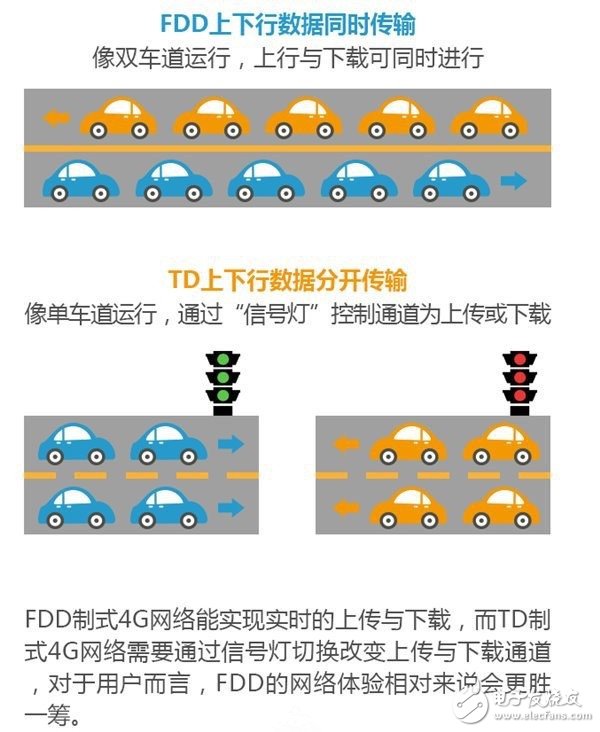
TDD uses time to separate the receive and transmit channels. In the mobile communication system of the TDD mode, different time slots using the same frequency carrier are received and transmitted as bearers of the channel, and resources in one direction are discontinuous in time, and time resources are allocated in two directions. The base station sends a signal to the mobile station for a certain period of time, and the mobile station transmits a signal to the base station for another time. The base station and the mobile station must cooperate in order to work smoothly.
The working characteristics of the TDD duplex mode make TDD have the following advantages: it can flexibly configure the frequency and use the scattered frequency band that is difficult to use in the FDD system; it can adjust the uplink and downlink time slot conversion points to improve the downlink time slot ratio, and support the asymmetric service well. With uplink and downlink channel consistency, the receiving and transmitting of the base station can share part of the radio frequency unit, which reduces the equipment cost; when receiving the uplink and downlink data, there is no need to send and receive the isolator, only one switch can be needed, which reduces the complexity of the device; It has the reciprocity of uplink and downlink channels, and can better adopt transmission preprocessing techniques, such as pre-RAKE technology, joint transmission technology, and smart antenna technology, which can effectively reduce the processing complexity of mobile terminals.
Advantages and disadvantages of TDD and FDD technology comparison(1) When the TDD technology is used, as long as the uplink and downlink time interval between the base station and the mobile station is not large and is less than the channel coherence time, the channel characteristics can be estimated relatively simply according to the signal of the other party. For the general FDD technology, the general uplink-downlink frequency interval is much larger than the channel coherence bandwidth, and it is almost impossible to estimate the downlink using the uplink signal, and it is also impossible to estimate the uplink using the downlink signal; this feature makes the TDD-based mobile communication system in power control and There are clear advantages in the use of smart antenna technology. However, because of this, the coverage radius of the TDD system is small. Due to the uplink and downlink time interval, the coverage radius of the base station is significantly smaller than that of the FDD base station. Otherwise, the user signal at the edge of the cell will not be synchronized when it arrives at the base station.
(2) The TDD technology can flexibly set the uplink and downlink switching moments to implement asymmetric uplink and downlink service bandwidth, which is beneficial to realize the obvious uplink and downlink asymmetric Internet services. However, the setting of this switching time must be coordinated with the neighboring base stations.
(3) Compared with FDD, TDD can use a fragmented frequency band because the uplink and downlink are distinguished by time, and it is not necessary to require a frequency band with symmetric bandwidth.
(4) TDD technology does not need to send and receive isolator, only one switch is needed.
(5) The moving speed of the mobile station is limited. At high speeds, the Doppler effect causes fast fading. The higher the speed, the higher the fading conversion frequency and the deeper the fading depth, so the moving speed must not be too high. For example, in the TD-SCDMA system using TDD, based on the current chip processing speed and algorithm, when the data rate is 144 kb/s, the maximum moving speed of TDD can reach 250 km/h, compared with the FDD system. There is a certain gap. Generally, the moving speed of a TDD mobile station can only reach half or even lower than that of an FDD mobile station.
(6) The transmission power is limited. If TDD is to send as much data as FDD, but the transmission time is only about half of FDD, this requires TDD to transmit more power. Of course, you also need
Touch Screen
We are a professional production of touch screen manufacturers, touch products for many years of production, business and development experience.We are committed to providing customers with a variety of standard touch screen products, including: 4 Wire Resistive Touch Screen,5 Wire Resistive Touch Screen,Capacitive Touch Screen, Interactive Touch Foil , Infrared Touch Screen , Infrared Touch Frame .These products are widely used in industry,GPS,finance,medical care,transportation, electronic education and game entertainment and other fields.
Our product pictures shown below:
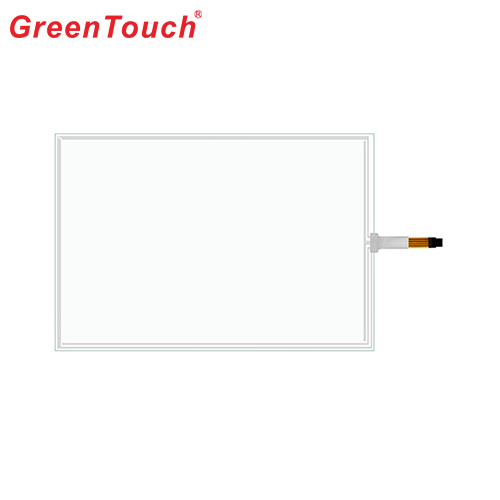
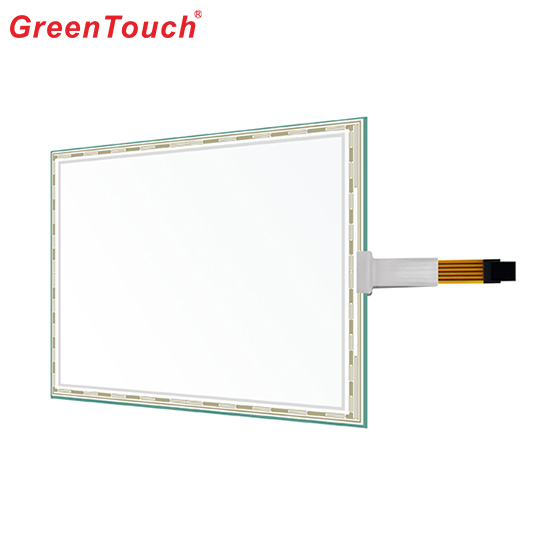
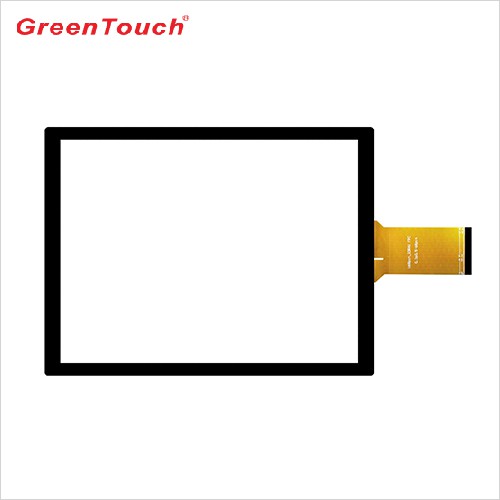
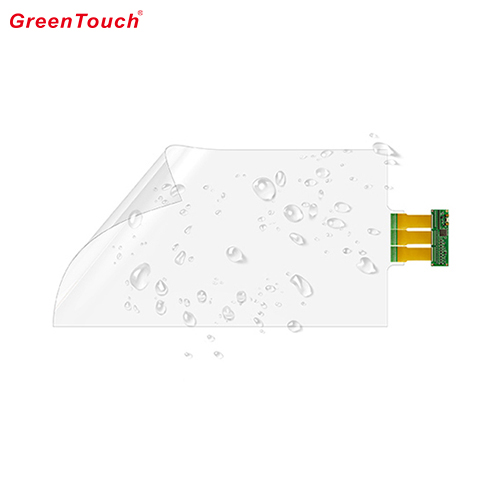
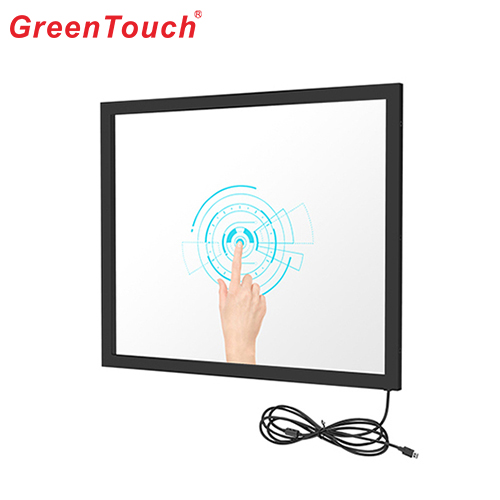

Touch Screen Panel,LED Touch Screen,LCD Touch Screen,Industrial Touch Screen,Monitor Touch Screen,Advertising Touch Screen
ShenZhen GreenTouch Technology Co.,Ltd , https://www.bbstouch.com